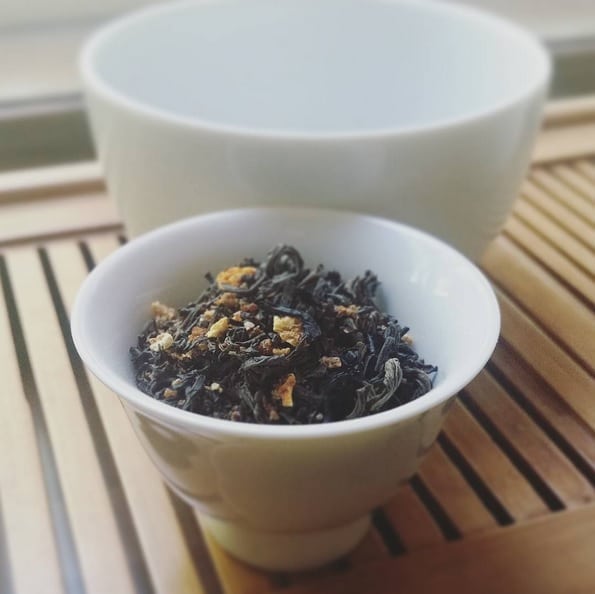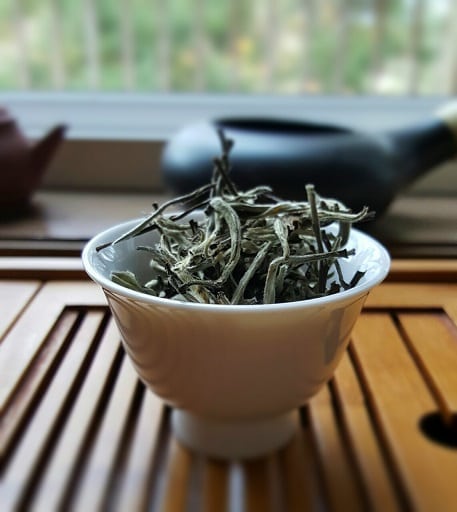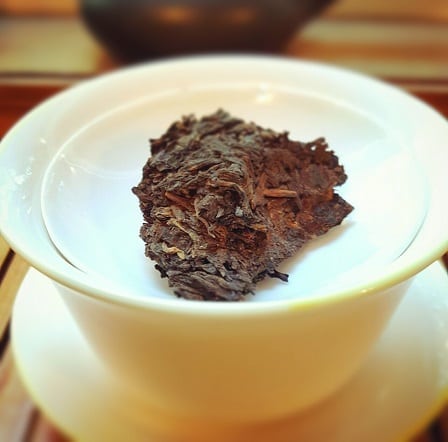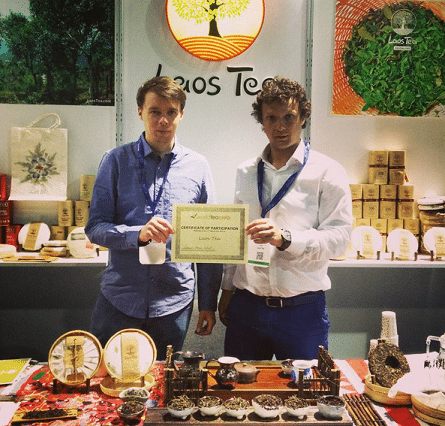Two weeks back, I received an invite to go here:

Okay, I go to both Smith Tea locations quite a bit on my own, but this was a special occasion. Like last year, this was their media-only holiday pre-release party. They were going to be showcasing their upcoming blends, partnerships, and limited edition holiday offerings. And I was convinced I couldn’t go. Work and all that.
I was so convinced about my lack of attendance, I even shot off an e-mail to lead blender dude, Tony Tellin, to see if I could mooch some of pre-release batches for an article. Y’know . . . to pretend I was there. I’m good at pretending. None of that was necessary because I was magically able to convince my work to let me off early that day.




